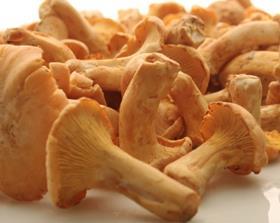
Japan’s mushroom consumers are moving away from the staple varieties of Shiitake and Matsutake (Pine mushroom) towards other varieties as prices go down and cuisine becomes less traditional.
That’s the message from Keita Watari, president of Watari Co, one of Japan’s largest fresh produce importers. There are a number of factors driving the shift in the market’s demand, according to Mr Watari, one of which is a generational change.
“The demand for Matsutake has been declining steadily, as our food culture got more diversified or internationalised,” he told Fruitnet.com.
“And Matsutake is an expensive mushroom and young generations today do not seem to be so crazy about it.”
The imported volume of Matsutake is likely to drop later this year for more mundane reasons. Much of that volume is sourced from wild production in China – because the mushrooms are collected from forests, available supplies can vary significantly with weather, and less Matsutake are expected to be available towards the end of the season.
Shiitake mushrooms have also been seeing a slow downward trend in Japan, according to Mr Watari, although imports have seen a slight tick upwards this year.
“The demand for Shiitake has been going down as other varieties got more popular over the last decade or so,” he explained. “I think the varieties like Shimeji, Eringi, or Maitake have gone up a lot in popularity as their production went up and prices went down.”
Most of the mushrooms consumed in Japan are produced domestically, and local volumes have gone up significantly over the last decade, lowering prices as a result, said Mr Watari.
“One of the reasons for such a production increase was the image problem with Chinese products due to the chemical residue issues,” stated Mr Watari. “That’s definitely true for Shiitake.”



